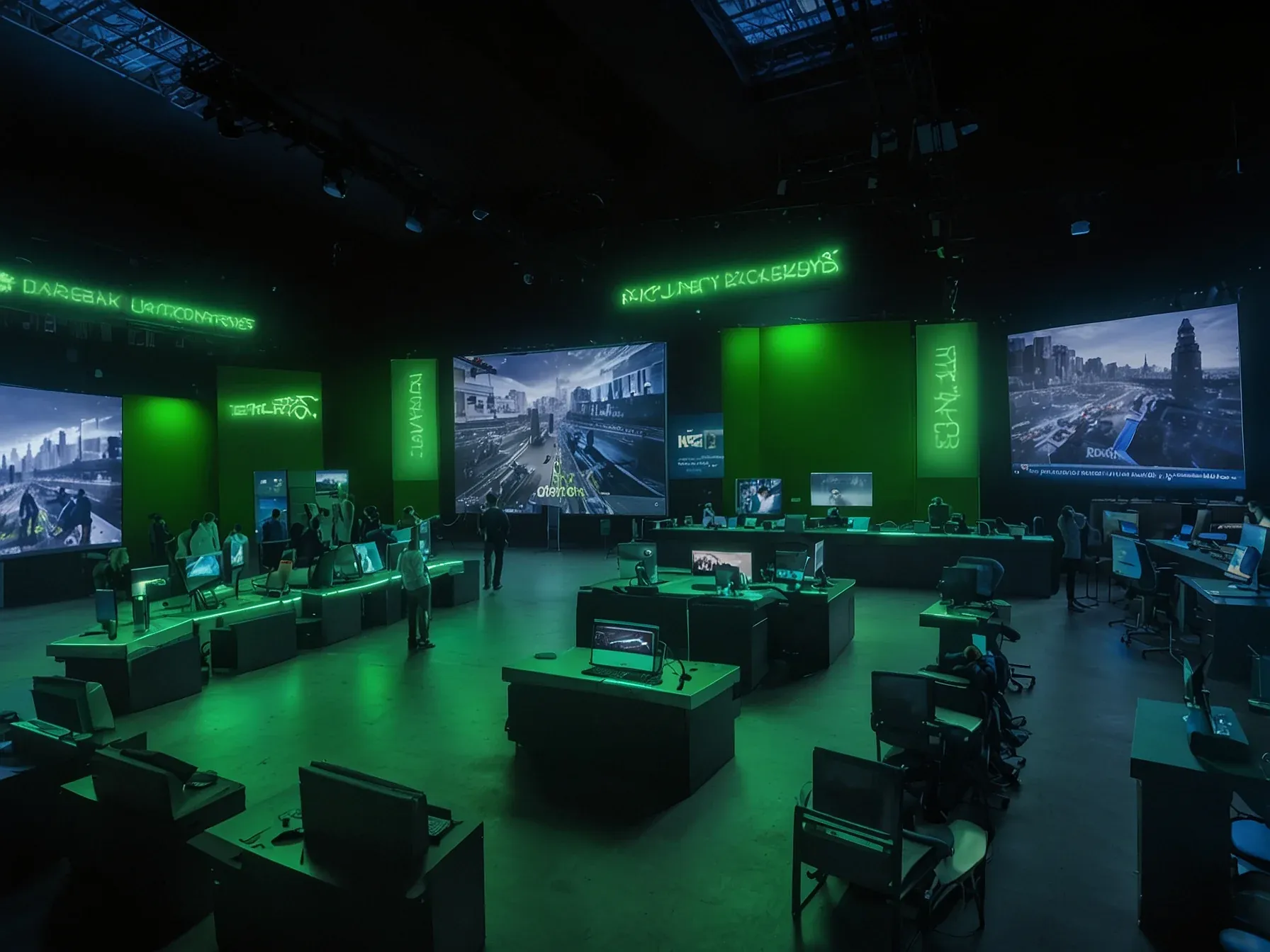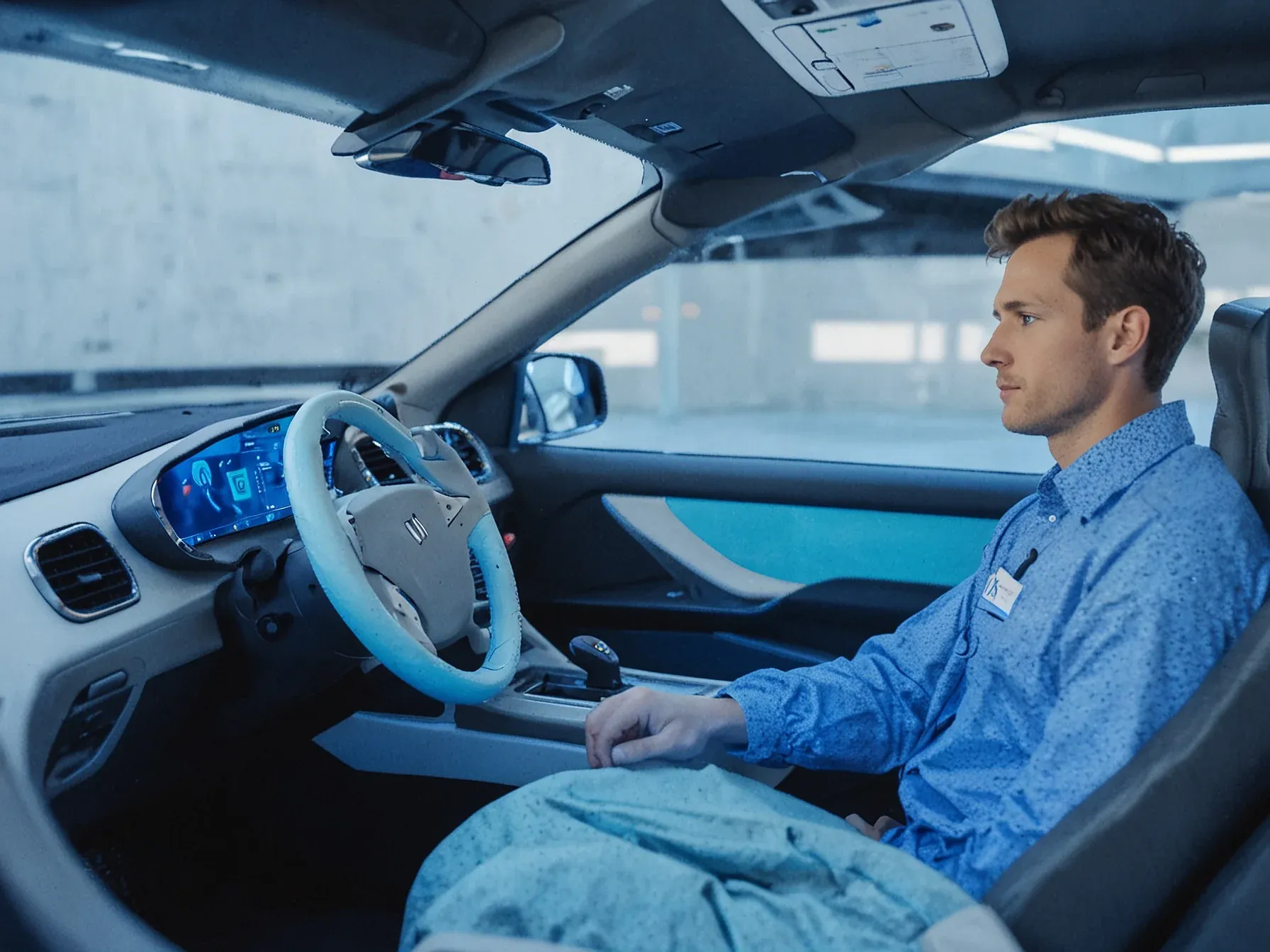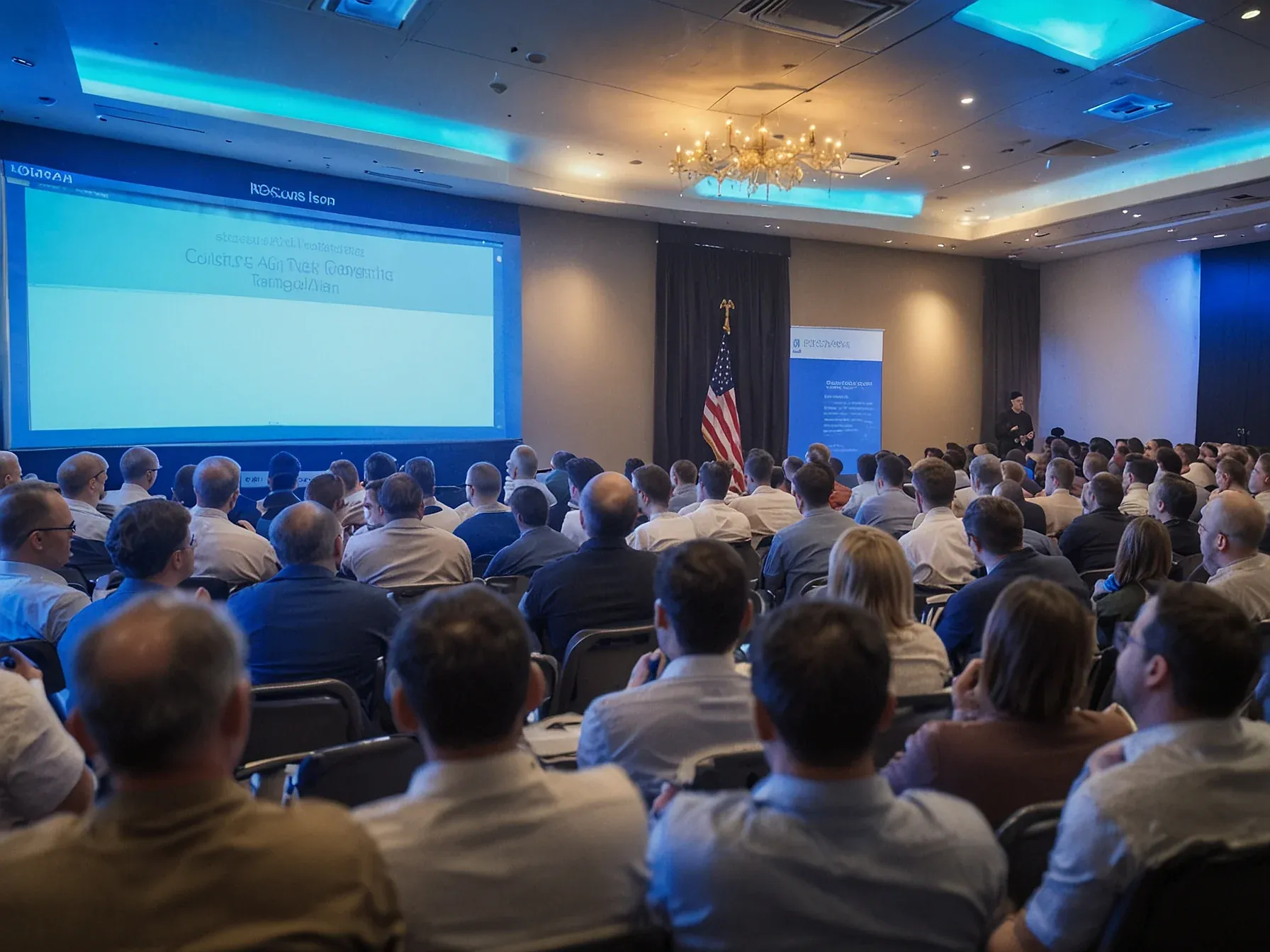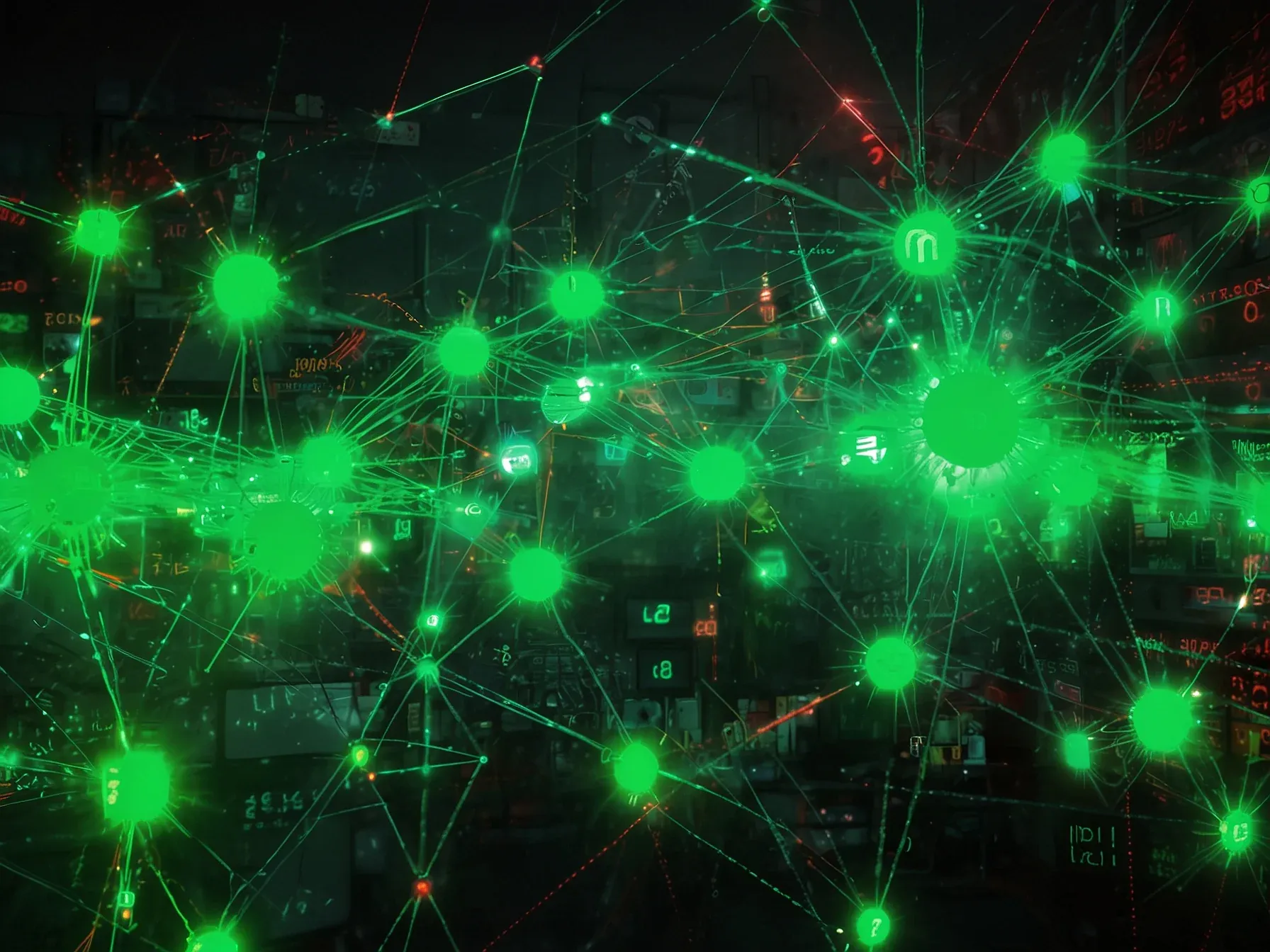
HCLTech and NVIDIA Open AI Innovation Lab in Santa Clara Using Full NVIDIA Stack
Why does a joint lab in Santa Clara matter? Because two heavyweight players are putting their resources under one roof. HCLTech, a global IT services firm, and NVIDIA, the chipmaker behind many AI breakthroughs, announced a physical AI innovation center on the West Coast.
While the partnership sounds straightforward, the scope is anything but. The two companies are aligning their respective strengths—NVIDIA’s hardware and software platforms with HCLTech’s suite of AI‑focused products—into a single testbed for developers and enterprises. But here's the reality: building a space where engineers can experiment with everything from edge devices to digital twins requires more than just office space.
It demands a coordinated stack of tools, simulations and deployment frameworks that can handle everything from autonomous‑vehicle data streams to immersive 3‑D environments. The effort aims to give customers a place to prototype, validate and scale solutions without piecing together disparate components on their own. This context sets the stage for the detailed description of the technologies and portfolios that will be combined in the lab.
The lab will leverage the full NVIDIA technology stack, including NVIDIA Omniverse, NVIDIA Metropolis, NVIDIA Isaac Sim, NVIDIA Jetson and NVIDIA Holoscan, in combination with HCLTech's portfolio of physical AI solutions such as VisionX, Kinetic AI, IEdgeX and SmartTwin. The goal is to enable Global 2000 organisations to simulate, test and deploy robotics, automation and edge intelligence systems that improve competitiveness and real-world operational efficiency. "Generative physical AI is set to revolutionize industrial automation, but bridging the gap from digital simulation to real-world deployment remains a critical challenge," said Deepu Talla, VP of robotics and rdge AI at NVIDIA.
"HCLTech's innovation lab will help enterprises develop, test and validate the complex autonomous systems needed to turn AI ambitions into operational reality." Vijay Guntur, CTO and head of ecosystems at HCLTech, said the collaboration strengthens the companies' joint focus on industrial AI. "By combining HCLTech's global AI Engineering capabilities with NVIDIA's cutting-edge platforms, this new collaboration marks a pivotal step in strengthening our synergy in the Physical AI space," Guntur said. "It empowers enterprises to reimagine physical operations, driving breakthroughs in robotics, automation, safety and operational intelligence, reinforcing our commitment to scaling AI-led transformation across industries and further deepening our strategic collaboration with NVIDIA." HCLTech's physical AI solutions integrate robotics, autonomous systems, intelligent edge technologies, simulation and digital twins to help enterprises enhance productivity, resilience and sustainability in live operational environments.
Will enterprises embrace the new lab? HCLTech and NVIDIA say the Santa Clara facility is designed to speed physical‑AI adoption across global firms. Integrated into HCLTech’s existing AI Lab network, the center offers a hands‑on environment for testing and scaling cognitive‑robotics solutions.
It will run the full NVIDIA stack—Omniverse, Metropolis, Isaac Sim, Jetson and Holoscan—paired with HCLTech’s VisionX, Kinetic AI, IEdgeX and SmartTwin offerings. The combination promises a one‑stop shop for developers seeking end‑to‑end pipelines from simulation to deployment. Yet, how quickly customers will move from experiment to production remains unclear.
The lab’s success will depend on whether the bundled technologies can meet diverse industry requirements without excessive integration overhead. Moreover, the article doesn’t detail pricing, support models or measurable milestones, leaving open questions about scalability and return on investment. In short, the initiative adds a physical venue to the cloud‑centric AI narrative, but its real impact on enterprise adoption is still uncertain.
Further Reading
Common Questions Answered
What components of the NVIDIA technology stack will be available at the HCLTech‑NVIDIA AI Innovation Lab in Santa Clara?
The lab will run the full NVIDIA stack, including Omniverse for collaborative 3D simulation, Metropolis for video analytics, Isaac Sim for robotics testing, Jetson for edge AI computing, and Holoscan for real‑time data processing. These tools give developers a comprehensive environment to build and validate AI solutions.
How will HCLTech integrate its AI solutions such as VisionX and SmartTwin with NVIDIA's hardware in the new lab?
HCLTech will pair its portfolio—VisionX, Kinetic AI, IEdgeX, and SmartTwin—with NVIDIA’s platforms to create end‑to‑end physical‑AI workflows. This integration enables customers to simulate, test, and deploy robotics and edge intelligence systems on a unified hardware‑software foundation.
Which organizations are the primary target for the Santa Clara lab, and what operational benefits are promised?
The lab is aimed at Global 2000 enterprises seeking to accelerate physical‑AI adoption across their operations. By leveraging the combined stack, these firms can improve competitiveness, boost real‑world efficiency, and reduce time‑to‑market for robotics and automation projects.
In what way does the Santa Clara facility complement HCLTech’s existing AI Lab network, and how does this benefit enterprises?
The new center becomes a hands‑on extension of HCLTech’s global AI Lab network, offering a dedicated space for testing, scaling, and refining cognitive‑robotics solutions. Enterprises gain faster prototyping cycles and a one‑stop shop for both NVIDIA’s cutting‑edge tools and HCLTech’s AI services.




